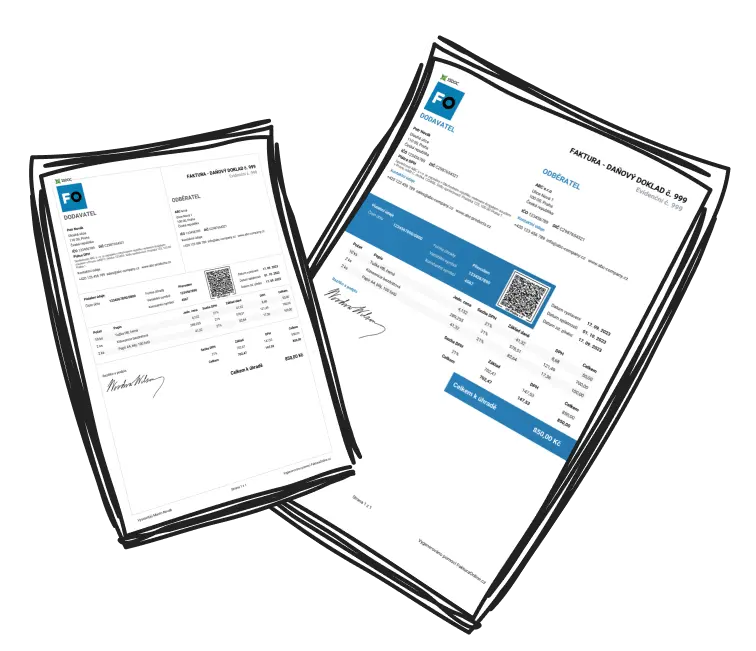The answer lies in a tactful blend of clear communication, systematic tracking, and understanding legal boundaries. But, determining when to switch from a soft reminder to a firmer approach, or how to automate the follow-up process without losing a personal touch, requires a closer look.
Effective Communication Strategies When Following Up on Invoice Emails for Unpaid Invoices
Communicating with clients regarding unpaid invoices is a delicate balance between maintaining a positive relationship and ensuring that your business's cash flow is not disrupted. Taking a professional, yet empathetic approach can make all the difference. By starting off with an acknowledgment of past positive encounters and the value provided, a cooperative tone is set for the discussion.
When it comes time to initiate the dialogue, it's essential to establish mutual respect and a shared purpose. Be transparent about the goal of the conversation and express that resolving the payment issue is to the benefit of both parties, not just a demand for money.
A well-structured follow-up email should begin with a friendly opening, followed by a clear and concise reminder of the invoice details. It's also critical to include a call-to-action, either prompting a payment or requesting a discussion to resolve the issue.
For example, subsequent email follow-ups on invoices might necessitate increased directness if the initial attempts don't yield a response. Clearly outline the potential consequences of non-payment, such as interruption of services or late fees, while offering to help resolve any issues.
Selecting between an invoice follow-up email or a direct phone conversation should be based on the context and the sensitivity of the matter. A phone call might be better suited when personal touch and immediate feedback are necessary.
Adopting a Systematic Method for Following Up on Invoice Emails
Staying organized is key to managing invoice follow-ups effectively. Utilize a tracking system to keep records of invoice dates, due dates, and follow-up actions.
A routine follow-up schedule could look something like this:
Send a friendly reminder a few days before the invoice's due date.
Follow up the day after the due date if payment has not been made.
-
Continue to send reminders at consistent intervals until the invoice is paid.
One way to strengthen the systematic approach is to use tools that allow automatic reminders to be sent for unpaid invoices. This can include automated email reminders or the use of billing systems that alert clients when invoices are due.
Prioritize your follow-up efforts, focusing first on significantly overdue or high-value invoices, as they will have a more substantial impact on your business's finances. Document each communication attempt thoroughly for a detailed history of your follow-up efforts.
Navigating Legal Boundaries in Following Up on Invoice Emails
It's crucial to understand the legalities surrounding debt collection. Ensure your follow-up practices align with the terms established in the original contract, avoiding the risk of accusations such as harassment.
Always maintain a complete record of all communication attempts with your clients concerning unpaid invoices. This paper trail is essential if you need to resort to legal action.
Knowing your jurisdiction's statute of limitations for debt collection can be crucial. This determines the timeframe in which legal action to collect the unpaid debts can be taken. If the situation requires, sending a formal demand letter may be necessary. It should specify the amount due, a deadline for payment, and the legal actions you intend to take if the payment is not received.


